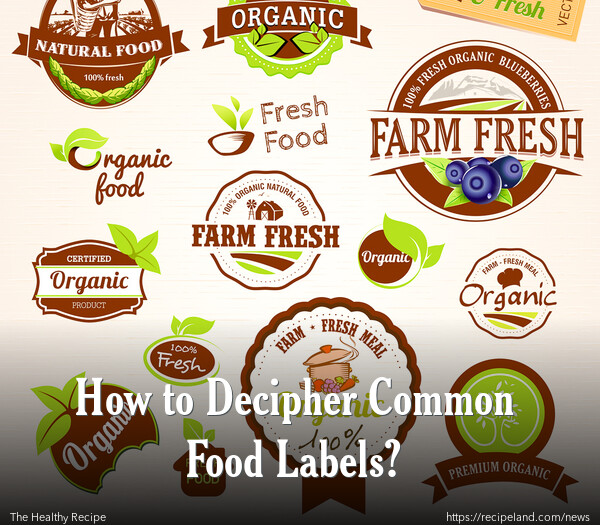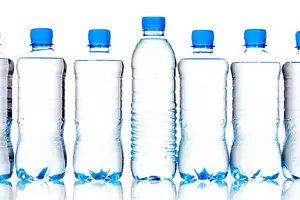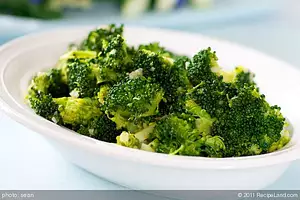For those of us who are trying to put healthier foods in our grocery carts, reading food labels has become a habit. But, reading them and completely understanding them might be two different things!
Labels can be confusing, and even misleading. Here are 8 of the most common food label confusions that most people struggle with, and an explanation to help clarify so that you can put the healthiest foods into your shopping cart.
1. Natural
This is one of the trickiest food labels that is out there. The Food and Drug Administration says that food can be called natural when there are no artificial colours, flavours or preservatives. That leaves a lot of room for things that are not natural, however. Even when a product says “all natural,” you should still read the label very carefully. It is likely that most of the ingredients are natural, but there may be some things slipped in that you do not want.
2. Organic
Another confusing term. This one means that there are no added chemicals, hormones or antibiotics, and that no pesticides have been used to create the ingredients in the product. To be labeled as organic, at least 95% of the ingredients must be organic. When referring to eggs and meat, the animals may only be fed organic, vegetarian diets and not receive any antibiotics or hormones.
3. Contains organic ingredients
This means that at least 70% of the ingredients in the package are organic, and that the product contains a large percentage of organic ingredients. There may be other questionable ingredients that you do not want, so be sure to read these labels with caution.
4. Cage free or free range
This is a food label that is most attractive to those worried about the humane treatment of animals. When it comes to your health, these labels don’t mean very much. When eggs are labeled as “cage free,” it means that the chickens are in barns and not cages. They aren’t actually roaming around freely. “Free range” poultry products come from hens that are also in barns, not allowed in outdoor pens. When it comes to the diet of the animals, there are no specific guidelines according to the FDA.
5. Whole grain
In order for a food to be labeled as 100% whole grain, it must include only whole grain ingredients that are certified. Plenty of products claim to be whole grain products, but few qualify for the 100% whole grain labeling. To get the 100% whole grain label, a product must contain at least 8 grams of whole grains, but there could be refined grains also included.
6. DHA or Omega-3 fortified
Omega-3 fatty acids (DHA, or docosahexaenoic acid) is helpful for proper development and function of the heart, eyes and brain. Humans require an adequate amount of DHA for proper functioning, prevention of cancer, mood improvement and reduction of inflammation. DHA is naturally found in oily fish, but most people do not consume enough to get the right amount of DHA. So, some foods, including milk, are now being fortified with DHA.
7. Grade A
Don’t be fooled into thinking that Grade A or Grade AA actually means anything, because while this rating is often applied to eggs, there is really nothing special about the eggs to grant them this label. All it really means is that the packaging facility was audited by the Department of Agriculture and given a good rating for having nice eggs. There is no nutritional significance to this rating.
8. Gluten free
In order for foods to be labeled as “gluten free,” they must be able to show that there are fewer than 20 parts per million of gluten in the food. Gluten includes the proteins that are found in wheat, rye and barley, as well as some other grains. There is currently a great debate about the merits of a gluten free diet for the average person, but it is necessary for those with wheat allergies or celiac disease.
Understanding what the food labels mean when it comes to these terms can help you make the healthiest and most economical choices when it comes to your grocery shopping.
SOURCES: Yahoo healthy living blog: Shop Healthier 8 Common Food Labels Decoded https://www.realsimple.com/health/nutrition-diet/healthy-eating/food-labels-decoded-10000001712034/; Image courtesy of Vlado / FreeDigitalPhotos.net










Comments